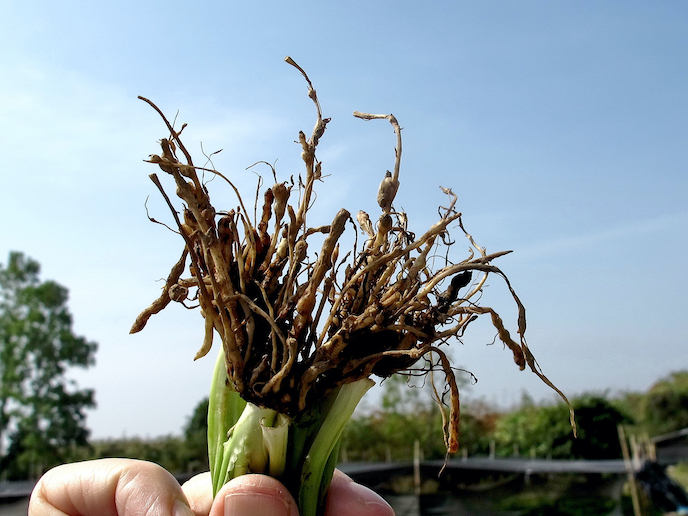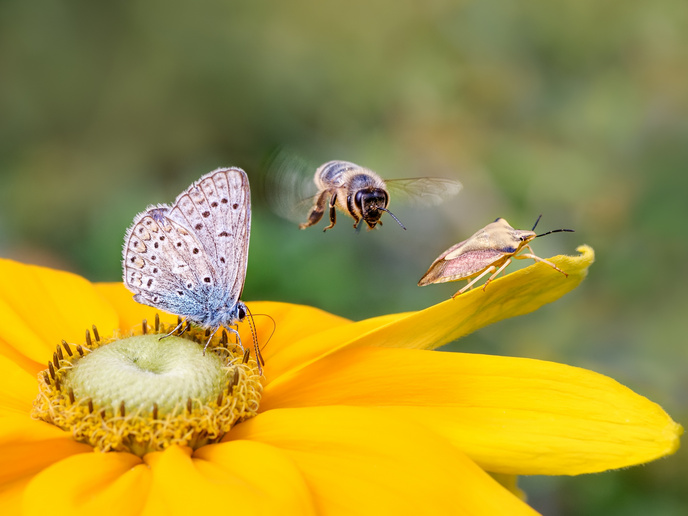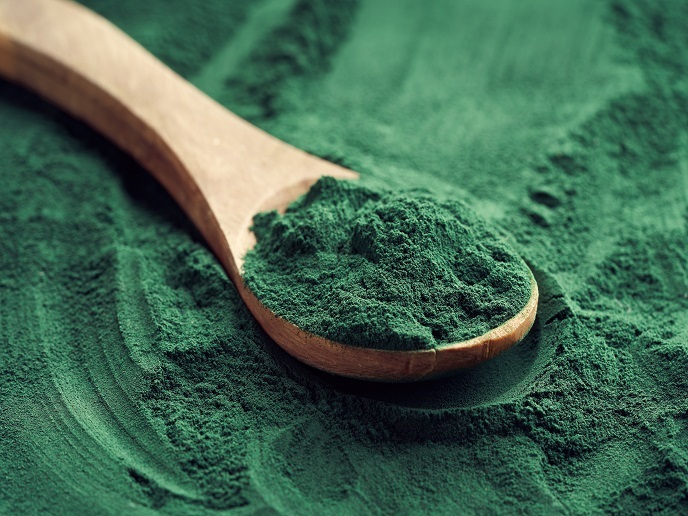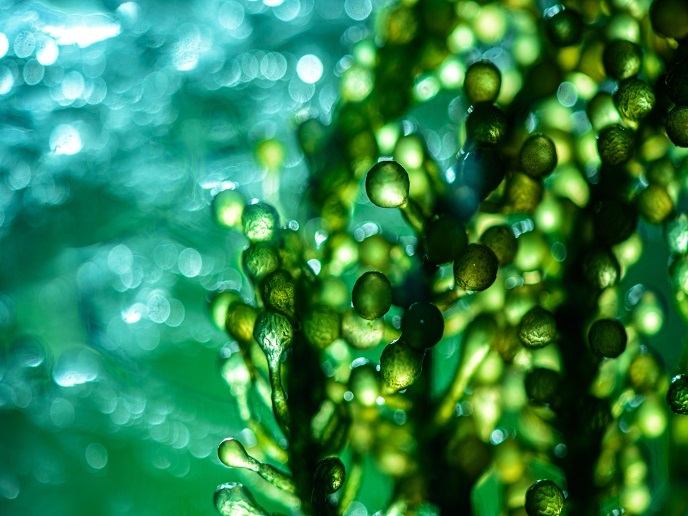Quiet roots could protect crops from cyst nematodes
Nematodes are a type of roundworm that ranges in size from just a fraction of a millimetre to over 8 metres long and that lives in both water and soil. With an estimated 20 000 known species, they also have the distinction of being the most abundant animal on earth. Unfortunately, many of these species are parasites and, as such, pose a threat to insects, plants and animals. Take for example the 75 species of cyst nematodes, which are responsible for causing a number of plant diseases. As some of these diseases cause significant crop loss, cyst nematodes are a significant risk to global food security. Traditionally, these pests have been controlled using pesticides. But, with many pesticides being restricted for environmental reasons, new solutions are desperately needed. Answering this need is the EU-funded NemHatch project. “Our goal is to develop a natural method to stop cyst nematodes from destroying crops,” says Lemeng Dong, a researcher at the University of Amsterdam and NemHatch project coordinator.
Manipulating the hatching signal
As their name suggests, cyst nematodes lay their eggs in cysts. When the eggs hatch, they migrate through the host plant’s roots. The nematodes then find an initial feeding cell into which they inject complex mixtures of effectors. These modify the host cell’s metabolism, ultimately causing the plant’s cell wall to break down. This in turn diverts the plant’s nutrients to the nematodes, allowing the worms to live but causing the plant to die. The NemHatch project, which received support from the Marie Skłodowska-Curie Actions programme, seeks to disrupt the signalling molecules, also called hatching stimulants, that cause the eggs to hatch in the first place. “Hatching stimulants are chemical signals produced by the host plant that awaken the dormant nematodes that then infect the plant,” explains Dong. “By manipulating this signal, we aim to stop the eggs from hatching and, in doing so, prevent the plant from becoming infected.”
Identifying which plants are affected
Although still a work in progress, the project has already achieved several important results. This includes a new ultra-sensitive analytical method for detecting the hatching stimulant, called solanoeclepin A (SolA), in the root exudate of single potato plants. “Using this method, I was able to successfully demonstrate the substantial natural variation in SolA production in cultivated potato genotypes,” remarks Dong. Researchers also detected SolA in about 20 % of over 300 wild potato species. “This suggests that there must be other hatching stimulants in play,” adds Dong. Other important outcomes include the identification of an intersecting genetic locus in chromosome 2 and the discovery that hatching stimulant production is regulated by nitrogen starvation. As a result of Dong’s research, we are now able to detect and quantify the SolA hatching stimulant in root exudate from a single plant. This finding played a large role in helping her secure a permanent position at the University of Amsterdam, where she will continue her work identifying the genes responsible for hatching stimulant production. “This project resulted in a reliable detection method and a unique scientific position on the topic – one that I plan to build on as I continue my work in the below-ground chemical communication of plants,” says Dong. Dong shares all her findings and work on plant metabolism and chemical communication at the www.metabolismlab.org (Metabolism Lab).
Keywords
NemHatch, cyst nematodes, crops, pesticides, parasites, food security, plant metabolism







